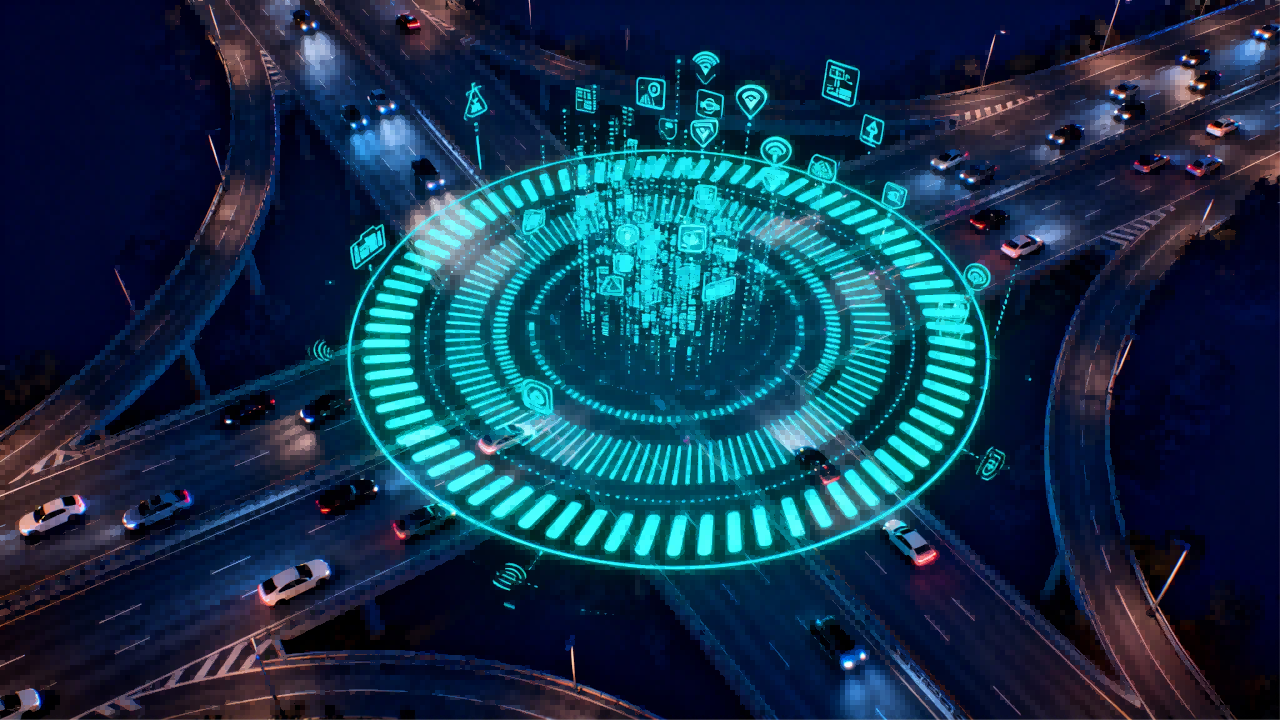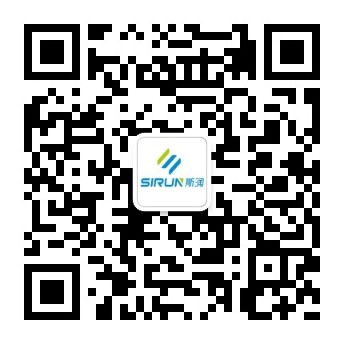
Vehicle safety information is the most basic, core and priority information in vehicle networking. Almost all scenarios for vehicle networking applications require that security information be disseminated. The so-called security information diffusion refers to the periodic and uninterrupted outbound broadcasting of all driving vehicles carrying their own GPS and vehicle information, which generally includes real-time longitude and latitude, speed, azimuth, time, acceleration, turning, braking, vehicle ID and other information. With the help of receiving and processing safety information sent by other adjacent vehicles on the road, each vehicle in the vehicle network can "perceive" other vehicles around it, and can be displayed in real-time in the vehicle intelligent terminal for the driver to make timely and accurate judgment and operation.
Typical application services include:
By exchanging GPS information between vehicles, it is easy to calculate the relative position of nearby vehicles. A safety value, such as 50m or 80m, is automatically set according to the driving speed in high-speed mobile environment. When there is a risk of rear-end or collision, the vehicle intelligent terminal warns the driver to keep the necessary speed and safe driving distance, and even to override the control of human, so that the vehicle can automatically take braking or deceleration measures. In the fog, heavy rain, intersections, driving at night and other limited sight range scenarios, the advantages of this application will be more obvious, can effectively avoid most of the rear-end and collision accidents.
Steering light auxiliary application
Turning lights are usually turned on when overtaking or changing lanes to serve as warning reminders. In the car-vehicle collaboration scenario, turn lights are given richer functions. In some two-way one-way roads, when larger trucks block the driver's forward sight distance, there may be a risk of collision with oncoming vehicles if the driver drives directly across the road. In applications, this problem can be easily solved by the diffusion of security information. When the driver of a vehicle is ready to change lanes to overtake and turn on, the turn-over information is included in the safety information and diffused into the vehicles facing the front. When the vehicle in front receives this information, it immediately returns to the collision risk warning to stop the driver from changing lanes. This scenario is also applicable for curvature overtaking warning. By simply turning on the turn light, the potential hazard can be predicted, which assists in driving and provides a safer and more convenient driving experience for the driver.
Intersection warning
When a vehicle travels to an intersection, the driver cannot accurately judge the surrounding environment because of the obstruction of the sight distance. At the same time, the occlusion of buildings also affects the exchange of safety information between vehicles. As shown in Figure 3, vehicle-vehicle collaboration technology can exchange security information between vehicles in this scenario through the forwarding function of RSU or OBU, which can make the vehicles that are not visible to each other "visible". On the UI of the vehicle terminal, the nodes of the vehicles are just as unobstructed.
Emergency Vehicle Yield
The purpose of this study is to simulate that special vehicles, such as 110, 119, 120, need high priority driving rights. When these vehicles are involved in a second-by-second emergency rescue mission, they tell the surrounding vehicles how urgent they are by starting a siren. The disadvantage of this method is that the drivers of the surrounding vehicles can not accurately determine the location of the emergency vehicles, nor can they make a unified concession behavior, resulting in many vehicles unconsciously affecting the movement of emergency vehicles, delaying valuable rescue time.
After the promotion of vehicle networking, these situations can be avoided. In the vehicle-vehicle collaborative application scenario, when an emergency vehicle is on duty, as long as the "emergency rescue" identification is activated, the identification is written into the safety information of vehicle diffusion. When the surrounding vehicles receive such safety information, the emergency rescue information will be presented in the vehicle intelligent terminal, which enables the drivers of ordinary vehicles to actively make a unified concession behavior, and opens up a green lane for emergency vehicles.
Application of auto-following
Vehicle auto-following is a semi-auto-driving technology, which is mainly used to make the vehicle follow the vehicle in front automatically when the vehicle's prevailing speed is less than 50 km/h. It is a kind of auto-control turning, acceleration and/or braking technology for the vehicle without driver intervention. By analyzing and processing the safety information exchanged between the front and rear vehicles, the automobile adaptive cruise control system automatically keeps the appropriate distance from the front vehicle while maintaining the control of the turning, thus making the driving safer and more comfortable.
Smart Parking Management
There are many parking spaces in large business circles, office buildings and other areas, but due to the inefficiency of parking management, it is often difficult for owners to find parking spaces in time. This is because parking lots in general only indicate how many parking spaces are still available, and there is no way to provide more guidance to drivers. Road Collaboration technology pushes parking guidance information specific to parking spaces to vehicle terminals through road test RSU, and completes the parking induction by presenting pictures or animations. When the vehicle leaves, push the parking electronic bill to the owner in the same way and complete the charging function. This parking management method can effectively improve the utilization rate of parking spaces, save labor costs, and reduce environmental pollution.
ETC Application
Currently, there are many problems in ETC application in China, such as single function, poor compatibility and low user participation. The main problem is that the OBU function is too single and data sharing with the vehicle smart terminal is not possible. OBU will play the role of "in-car router" in ETC mode of vehicle networking. It will not only complete high-speed toll collection, parking fee collection, roadside parking fee collection and other charging applications, but also provide the function of wired and wireless access. Data sharing is done wirelessly with car terminals and personal terminals. Only one application needs to be installed on the terminal to complete the functions of charging, querying, paying, receiving bills and other user experiences.
E-plate
Electronic Vehicle Identification (EVI) is currently used for automatic traffic management with single functions. The future trend will be that OBU will include EVI functions to achieve automatic traffic management such as fast clearance of vehicles, cargo monitoring and overload restriction monitoring.

 京公网安备 11010602103187号
京公网安备 11010602103187号

